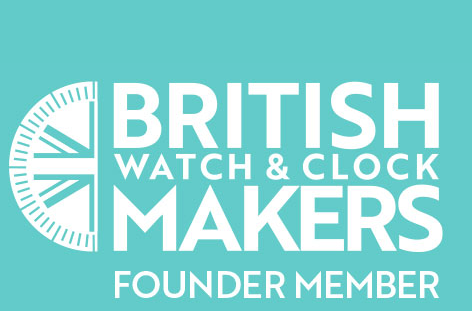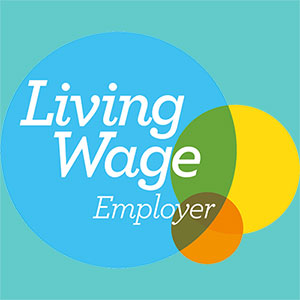The story of how Mr Jones Watches began
We thought it would be good to look back at the story of how Mr Jones Watches began so our new customers can get to know us better.
If you've been with us since the beginning, it might just be a nice recap!
Founder Crispin Jones' background
Crispin did a Bachelors degree in fine art specialising in sculpture at Kingston University.
When studying sculpture, Crispin became passionate about photoshop and graphic design as the course was centred around taking images of the sculptures you made.
Crispin realised he enjoyed manipulating images of the sculptures more than making the sculptures. After graduating Crispin pursed a Graphic Design career for a couple of years.

Then did a Masters at the Royal College of Art in computer related design - a course involved in doing anything creative with a computer.
After Crispin's Masters degree, he started working on one-off pieces for exhibitions.
One of the interactive design projects Crispin created was interactive phones you can see below.
The first watches
In 2005, Crispin then made a set of seven watches, these weren't really functional, instead they were created for exhibition, and they were designed to question the function of a watch.
Watches were also known to represent affluence, style or status. Crispin wanted to undermine this idea.
After the project was successful, Crispin wanted to create new watches that could be sold commercially instead of the previous project that wasn’t suited to retail.
Crispin then contacted multiple watchmaking factories and eventually made five different watch designs, each of 100 pieces.

The first five watches include The Accurate and The Decider.
With The Decider, Crispin was exploring the social context of technology, how we use it as a crutch and to take away the pressure of decision making.
Crispin's fine art background inspired the early memento mori designs.
Crispin created Mr Jones Watches in 2007, creating a website and emailing all his contacts he created when doing one of pieces for exhibition.
For the first four years, Crispin was the only designer for Mr Jones Watches, then Crispin started working with his friends who were designers such as Fanny Shorter.

How the beginning has shaped where we are now
Now Mr Jones Watches is a brand that mostly works in collaboration with artists, designers and makers.
We also still release watches in the same way as the beginning: each watch is released as a limited edition (usually of 100 pieces) if the design is well received we then edit the design and reissue it as a permanent watch.
All of our watches were made in Chinese and Hong Kong workshops until 2011. At this point Crispin wanted more control over the sampling process of new designs (this would take around three months for each sample) and set up a workshop in London for this purpose.
When we started producing samples, Crispin realised the printing and production could be done in our London workshop and we started to slowly start producing our watches in London from this point.

Moving our assembly and printing in house has allowed us to move more control over production and stock levels. Having our print artist Paul has also resulted in us being more experimental and creative as we can sample any design ideas and edit accordingly.
We are now able to product watch designs quicker, the process from concept to finished piece is faster due to our control over the production.
Our watches have developed technically and the intricate designs are more challenging to create.
Difficult techniques we use include gilding on watches like Robotto Shi and Nuage, working with leaves and flowers like Secretas and Autumns Riches, and then watches with lots of colours that require complicated printing such as Chaos Window and Number Cruncher.
We have improved the watches based on customer feedback, making cases larger and using sapphire glass. Having control over our production also means we are able to do watch customisations in the workshop such as engravings on the caseback and alternating straps.
We can keep watches affordable and make them in smaller quantities, meaning we can stop producing them if they stop selling (which means no wastage).

Want to know more about Mr Jones Watches? Send us a message on social media or drop us an email.
Check out our podcast episode interviewing Crispin and Meet our team here.



